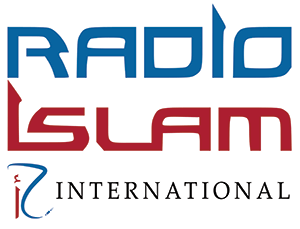Telecommunications technology includes anything used by humans to communicate information over a distance. The concept has been around since the early days of human history, when smoke signals and drums were used to inform a person or groups of people of an event or situation.
For us as Muslims, the Athaan could be a good example of telecommunication – the excellent praises of Allah and His messenger ﷺ are beautifully conveyed over loudspeaker (in most cases) to the masses reminding them about the approach of the particular Salaah.
Major breakthroughs since the late 1800s have brought the field of telecommunications into the modern age, however. As early as the telegraph, long distances could be traversed with information. More recent developments include the telephone, radio, television, fax machine, and computer, each with its own unique properties to benefit the information exchange of mankind.
In order for something to be considered a telecommunications technology, it needs to maintain three specific properties that define its actions.
First, some sort of transmitter must adapt information into a signal, such as a drummer beating a specific combination of beats to represent an event.
This signal must then be transmitted over some sort of medium, such as the echo caused by a valley in which the drummer is located.
Third, a receiver captures the signal and converts it into information usable by the recipient.
Like the drum beating example, all modern forms of telecommunications from cellular phones to Internet connections use this same concept.
The Telephone
One of the most prevalent telecommunications device is the telephone, an instrument that transfers vocal information from place to place. Two main types of phones are used in modern society: the analog-based, fixed-line telephone and the satellite-based, cellular phone. Fixed-line telephones were first established as a telecommunications network in the late 1800s using a complex system of wires placed around the world. Cellular technology was first implemented in the 1970s using a network of satellites and radio towers. Fax machines, which utilize the fixed-line telephony network, also use the same method to transfer paper-based information.
Broadcast system
The broadcast system, which features the radio and television networks, uses a different format to transmit information. Both systems use electromagnetic waves that send audio and video information from one location to another. This can either be accomplished through an analog or digital method. The basic methodology for both principles were created during the early 1900s and quickly became primary methods of information transfer throughout the next century. One challenge with this form of technology is the fact that different frequencies are used for different platforms and locations around the world.
Computers
Networked computers are very common in the modern world and are either connected to a local-area network or the world-wide web. This telecommunications technology allows users to send and receive a variety of formatted information such as text via emails or video with webcams. Different types of connections are available to make this technology function. Early connective techniques included fixed-line analog-to-digital modems, while newer methods including Ethernet lines and wireless connections using electromagnetic waves.




0 Comments